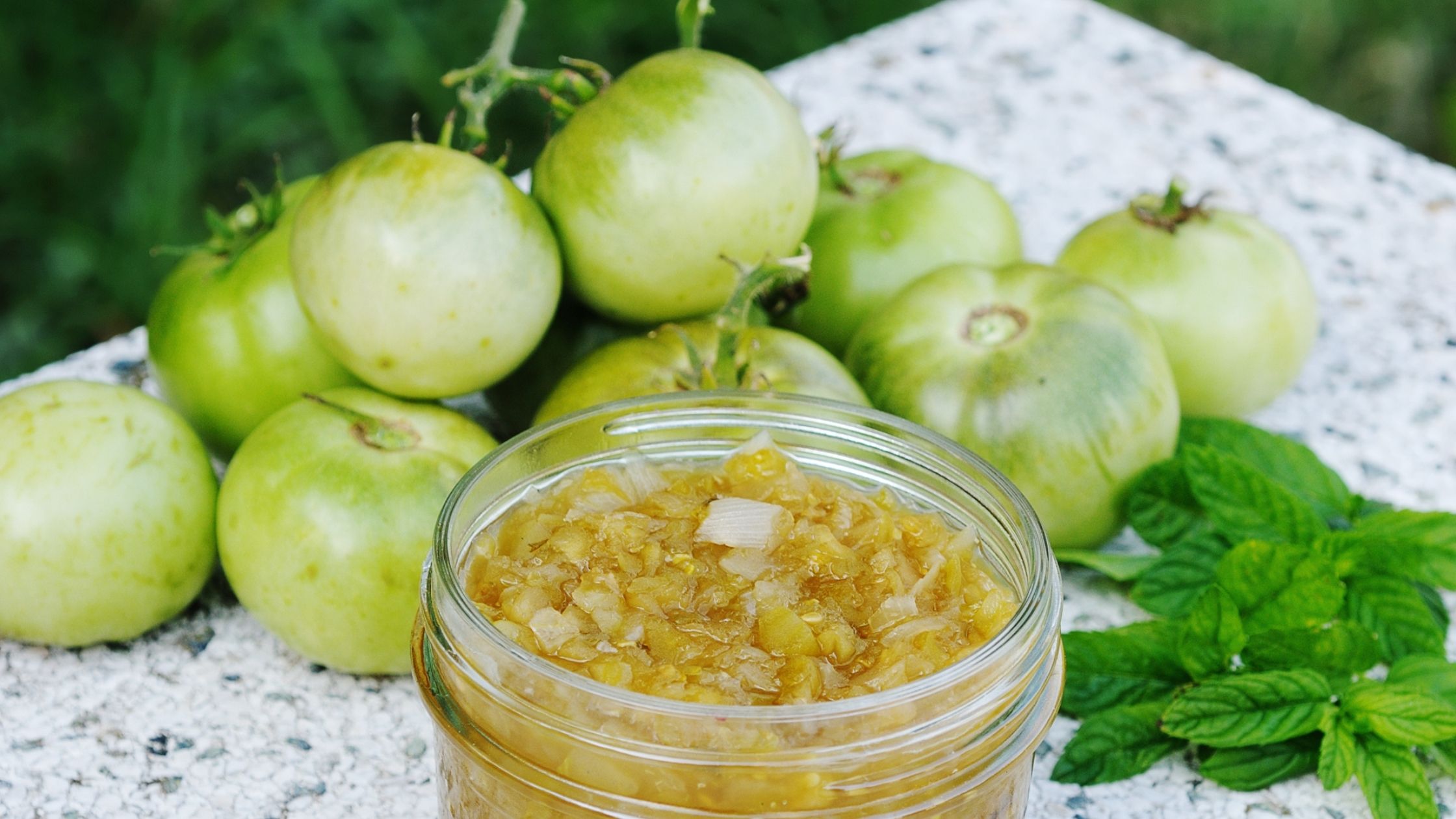There is surely nothing better than a fresh, sun-ripened tomato. The aroma and the flavor are indescribably and mouthwateringly delicious. That’s probably why so many people give in to the lure of tomato plants on display at the hardware or grocery store in early spring. The promise of eating your own home-grown tomatoes is a temptation that's hard to resist.
If you do give in and proudly cart home your tomato plants chances are you’ll soon discover you’re not the only one who loves tomatoes. There are a number of common pests that are only too happy to feast on your delicious tomatoes and ruin them in the process.
Top Tomato Plant Pests
Unfortunately, garden pests are inevitable. The good news is if you know what you are doing you can get rid of them before they’ve done a number on your tomatoes. Although there are dozens of pests which can be harmful to your tomatoes, these are a few of the most common ones you’ll find in the garden.
Aphids - These are small insects which can be green or black and may or may not have wings. Typically they like to cluster on the bottom of the tomato leaves. They damage the plant by sucking moisture, and nutrients, which causes curled and yellowed leaves. The damage may also stunt the plants.
Cutworms -These are actually a species of moth caterpillars and they live in the soil. They pose a threat especially for young tomato plants as they like to chew the stems. If you see your tomato plants there one day and “cut” off lying on the ground the next, chances are you have cutworms. They have been known to decimate an entire crop of newly planted tomatoes overnight.
They aren’t just a problem for the immature seedlings. Cutworms can also damage older tomato plants by chewing on the stems and leaves creating holes in them.
Colorado Potato Beetles - Although it’s called a potato beetle, this pest also affects tomatoes, peppers, and eggplants. Both the larvae and the adults eat the leaves of the tomato plant leaving only the stalks and veins.
Hornworms - Another caterpillar, this one is the immature form of a five-spotted hawkmoth. They are known for having a voracious appetite and can plow through tomatoes, both the plants and the fruit. Due to their tomato leaf coloration and habit of hanging out on the underside of the leaf these can be hard to spot. If you notice dark droppings on the leaves you can turn them over to see if there is a hornworm on the bottom of the leaves.
Stink Bugs - The immature nymphs and the adult stink bugs suck the sap from the plant and can harm the fruit. As the name indicates, they have a rather unpleasant odor, especially if squashed or threatened. One way to tell if you have stink bugs on your tomato plants is if you see yellow-white spots underneath the skin of the ripe fruit.
Luckily there are ways to deal with these pests without the use of harmful ingredients. As much as possible you want to use organic method. This is because many of the chemicals used in commercial insecticides and pesticides are known to be toxic to humans. In some cases studies indicate a link between the use of pesticides and neurodegenerative diseases like Parkinson’s.
Your Organic Garden Pest Solution
As soon as you notice any of these common garden pests on your tomato plants you need to address the issue. Spraying the plant with water can dislodge the pests. This can be repeated for several days in a row in order to remove as many as possible. You’ll also want to incorporate one or more of the following organic, non-toxic, solutions:
Beneficial insects – add beneficial insects (ladybugs, praying mantis, and lacewings) to the garden and let them forage on the bug population. These beneficial insects can usually be ordered online.
Collars - make a rectangular strip of cardboard and place one around each tomato stem. This can protect the plant from cutworms as they typically will not climb over the collar.
Companion planting - adding plants like basil, dill, or marigolds to your garden may help ward against the pests.
Hand-picking – not a very pleasant task, this is, nonetheless necessary. Put on a pair of gardening gloves, prepare a container with warm, soapy water, and pick them off, dropping them into the water.
Organic insecticidal soap – follow the directions to mix up a 2 to 3% solution. This can then be applied directly to the plants/pests to remove them.
Neem oil – an organic, plant-based oil, neem can be very effective against many garden pests, especially aphids, stink bugs and tomato fruit worms.
Weeding – garden debris and weeds around your plants potentially creates a habitat/hiding place for many pests. Keeping the area around your plants clear can cut down on this.
What To Do With Tomatoes
Of course, if you’re going to grow tomatoes you are certainly going to want to eat them. I confess my favorite is a deliciously ripe tomato sliced, sprinkled with sea salt, and a smear of homemade mayonnaise.
If you’re fortunate enough to have overly abundant tomato plants there are a few other tasty things to do with tomatoes including:
Green tomato chutney

A perfect condiment for roast meats, hotdogs, and Indian food.
Oven-roasted tomatoes
 This is a good way to preserve tomatoes so you can enjoy them later in the year when they are no longer in season
This is a good way to preserve tomatoes so you can enjoy them later in the year when they are no longer in season
Roasted vegetable soup with tomato and fennel
Although the recipe calls for Roma tomatoes really any tomato will do. This is a wonderful soup when tomatoes and fennel are in season. If you have enough you can make and freeze it to enjoy in the middle of winter.
Sources "Toxicity Of Pesticides". Penn State Extension, 2021, https://extension.psu.edu/toxicity-of-pesticides. Costa, Lucio, G. "Neurotoxicity Of Pesticides: A Brief Review". Frontiers In Bioscience, vol 13, no. 13, 2008, p. 1240. Frontiers In Bioscience, doi:10.2741/2758. PMC, Europe. "Europe PMC". Europepmc.Org, 2021, https://europepmc.org/article/PMC/5285268. Rauh, V. A. et al. "Impact Of Prenatal Chlorpyrifos Exposure On Neurodevelopment In The First 3 Years Of Life Among Inner-City Children". PEDIATRICS, vol 118, no. 6, 2006, pp. e1845-e1859. American Academy Of Pediatrics (AAP), doi:10.1542/peds.2006-0338.

